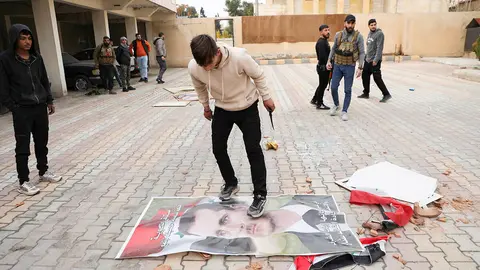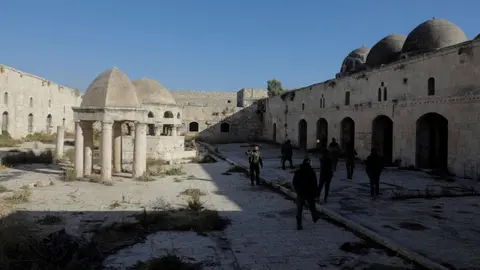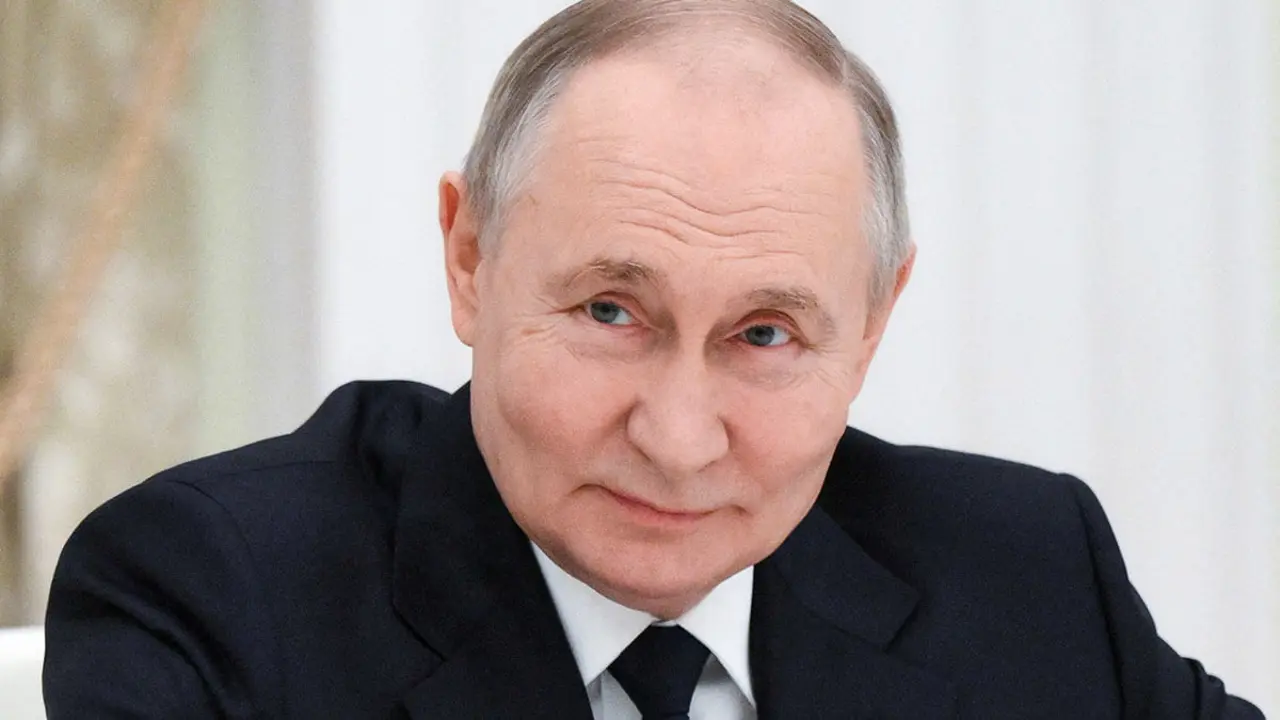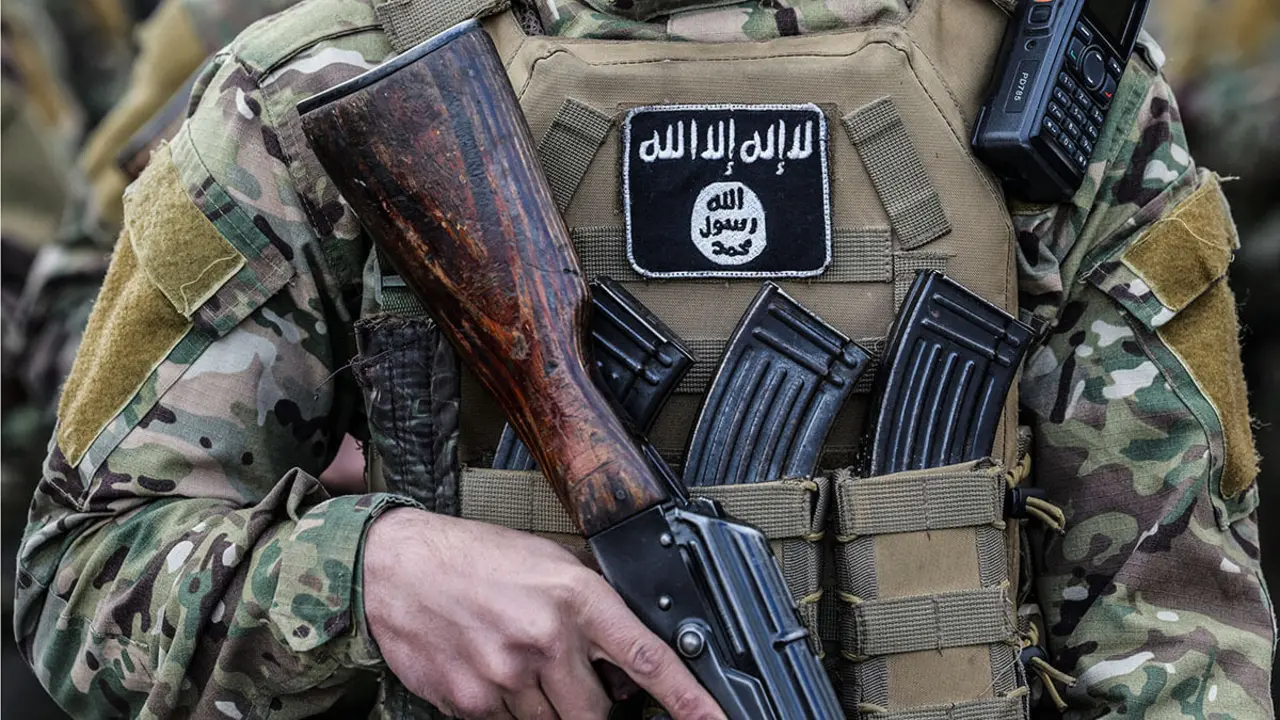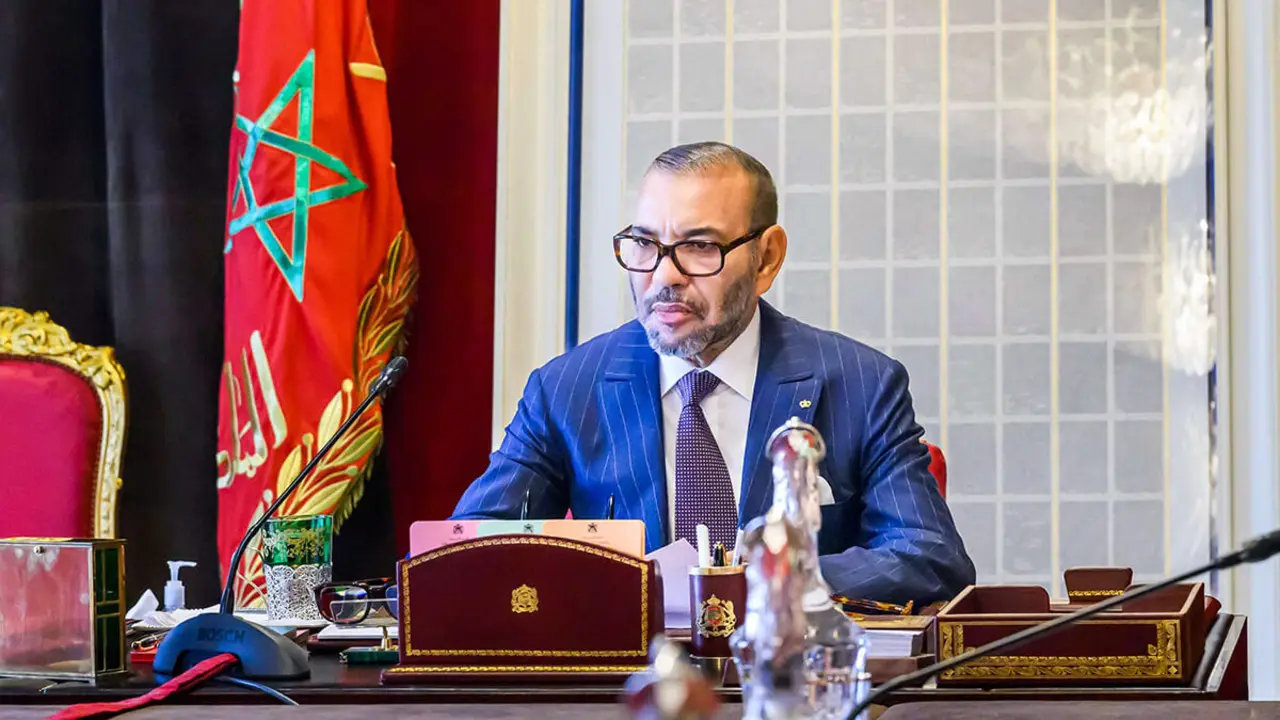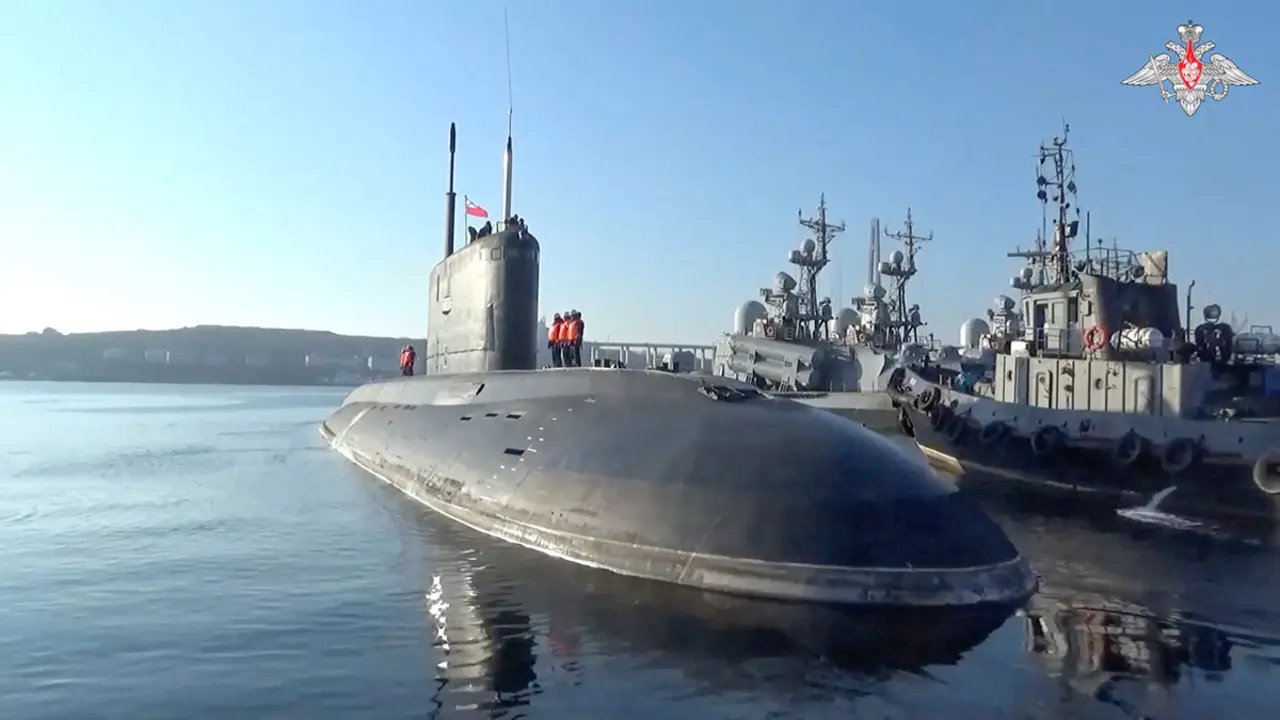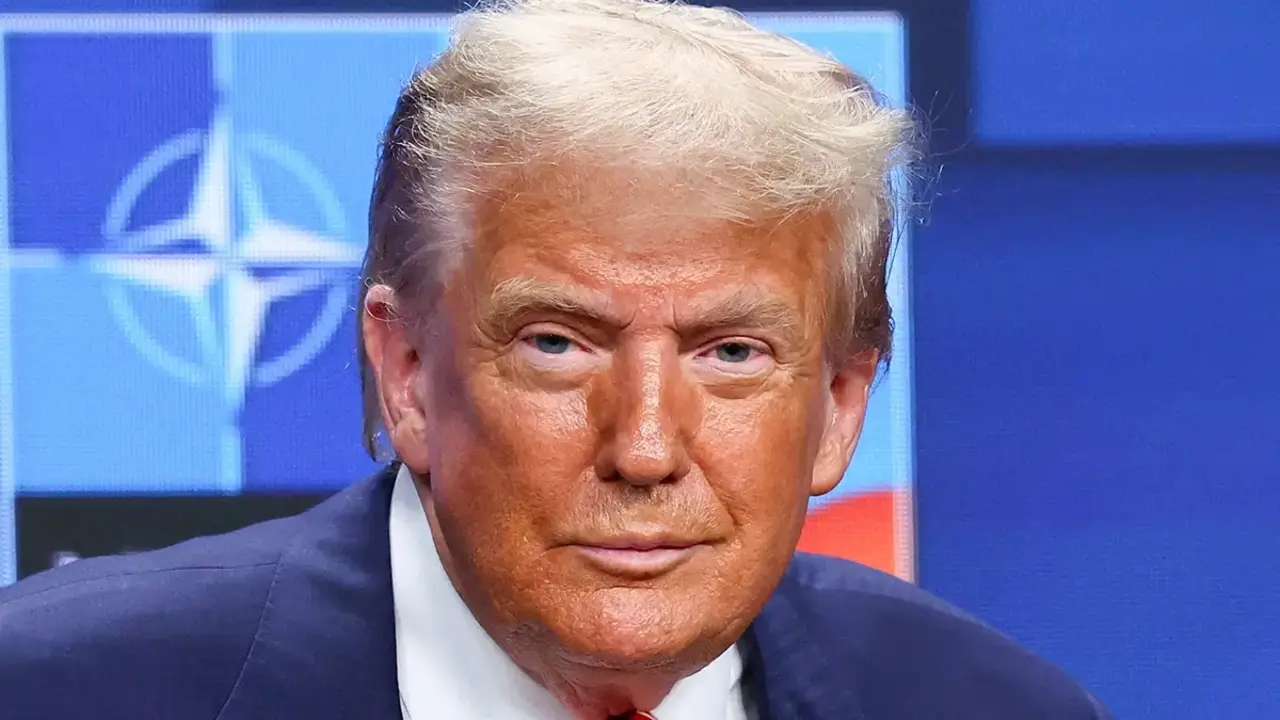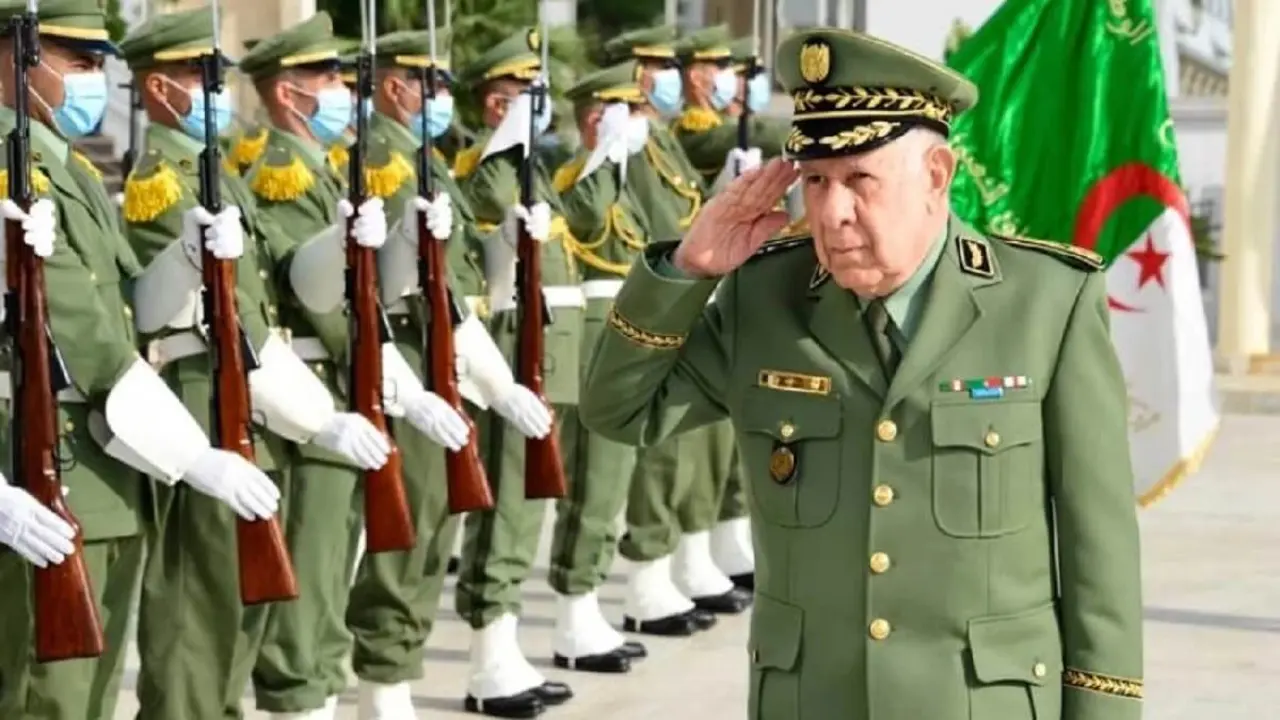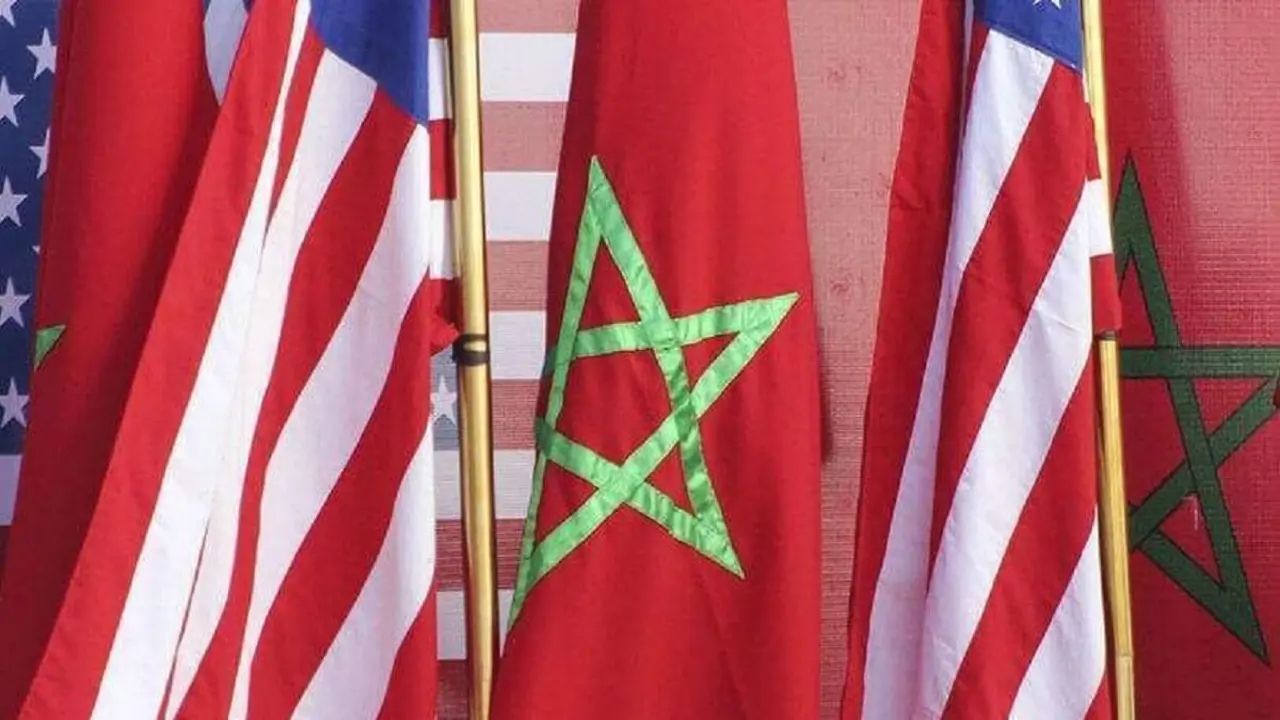Al-Jolani, Syria's new strongman who aspires to steer the country's course
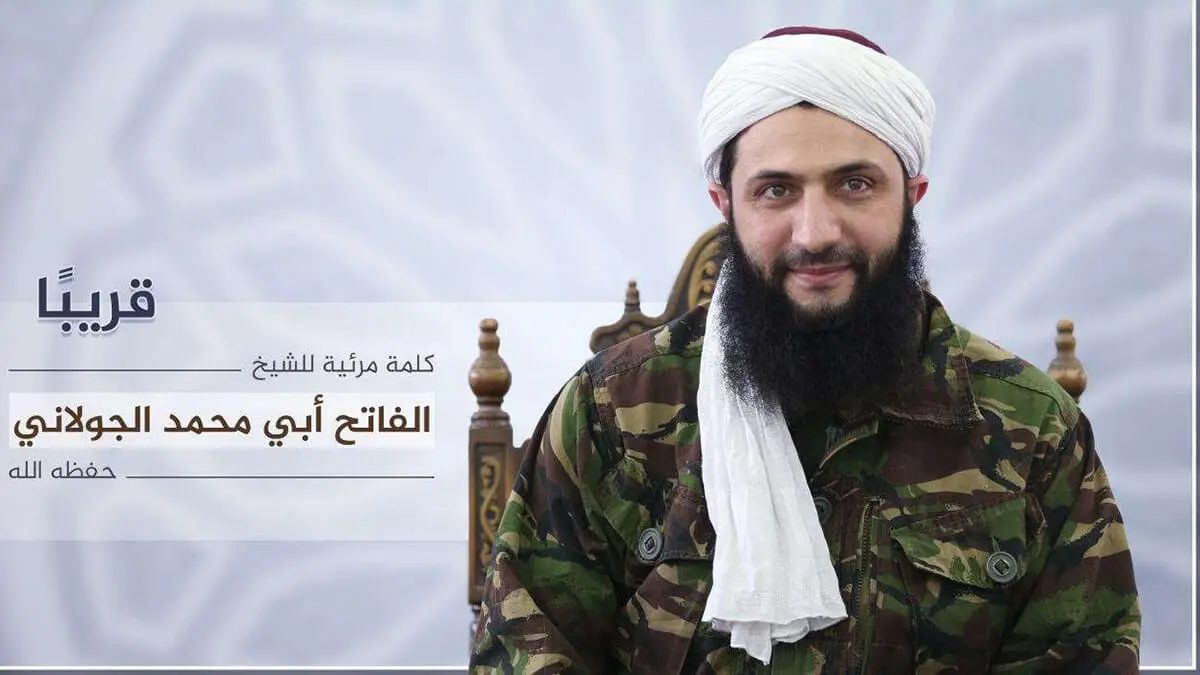
- From a wealthy Damascus suburb to fighting the US in Iraq
- Return to Syria: break with al-Qaeda and creation of HTS
- Post-Assad Syria
- Israel destroys military installations in Syria
The image of Abu Mohamed Al-Jolani, leader of the Islamist group Hayat Tahrir al Sham (HTS), in Aleppo's historic Citadel shortly after taking the city became one of the symbols of the rebel offensive that, in little more than 10 days, ended Bashar Al-Assad's regime after decades in power.
Ditching the white turban he wore at the start of the war, Al-Jolani appeared before the city's residents in military dress, establishing himself as the visible face of the anti-Assad insurgents.
HTS leader Abu Muhammad al Jolani shows up in Aleppo outside the iconic citadel of Aleppo pic.twitter.com/MfOAXEOOLv
— Hassan I. Hassan (@hxhassan) December 4, 2024
A few days later, under his guidance, they seized Hama, Homs and finally Damascus, ending the long dynasty of the Al-Assad family after 50 years of iron-fisted rule.
Before becoming Syria's new strongman, al-Jolani spent several years in the shadows as his group grew stronger and stronger and became the most important militia within the opposition to the Syrian regime.
Despite his attempts to present himself as a more moderate leader and soften his rhetoric, al-Jolani's past is marked by his strong links to extremist groups such as al-Qaeda, both in Syria and Iraq, where he spent several years incarcerated in US prisons.
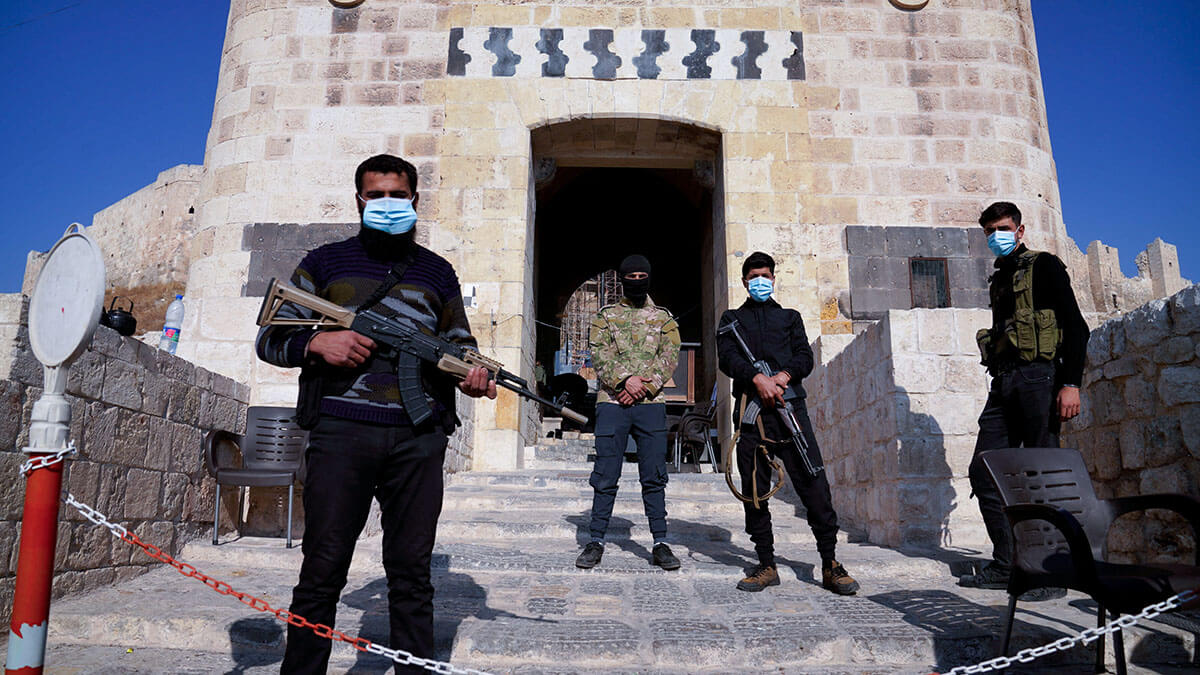
The group he leads, HTS, is considered terrorist by countries such as Russia, Turkey and the United States, which is also offering $10 million for information leading to Al-Jolani.
However, this could change given the new circumstances in Syria. According to POLITICO, top US national security officials are debating the future of HTS, even considering taking it off the list of terrorist organisations. ‘There is a huge struggle to see if, how and when we can get HTS off the list,’ one official revealed to the media outlet.
This debate has also reached the UK, although, according to Prime Minister Keir Starmer, it is still ‘too early’ to address a change in the relationship with the Islamist rebel group, which is also designated as a terrorist group by London.
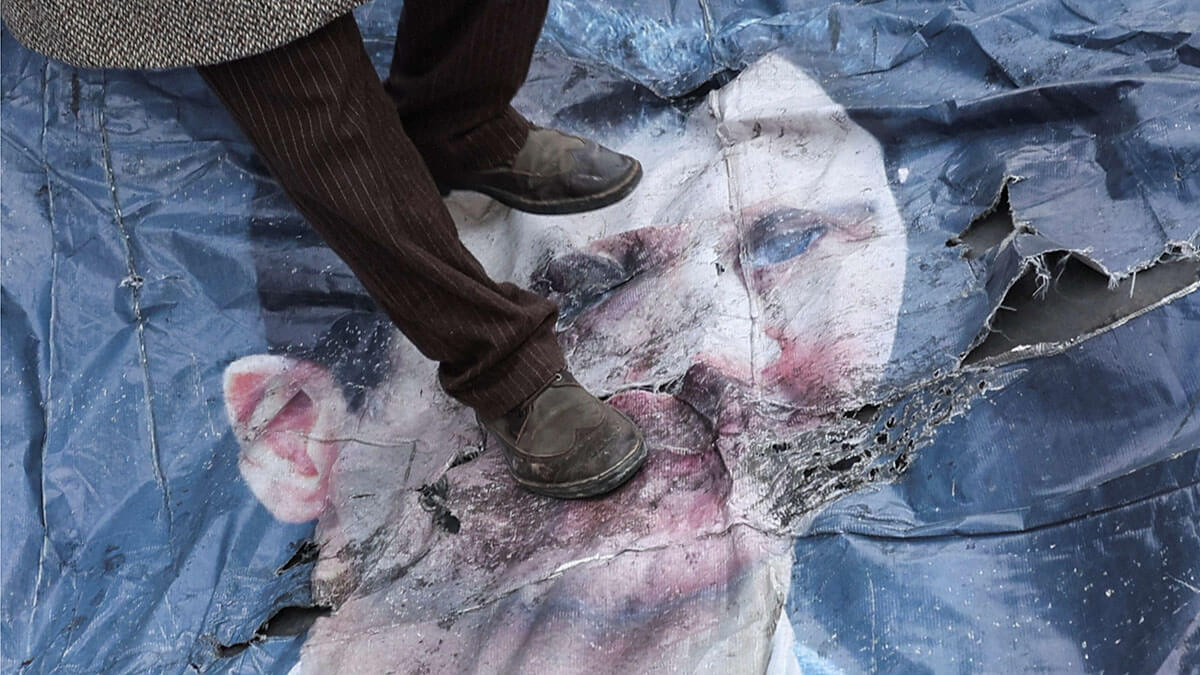
From a wealthy Damascus suburb to fighting the US in Iraq
The HTS leader and current de facto leader of Syria was born in Saudi Arabia 42 years ago as Ahmed al-Sharaa. He later adopted his nom de guerre Abu Mohamed Al-Jolani in reference to his family roots in the Golan Heights. His grandfather was forced to flee the area after its annexation by Israel during the Six-Day War, he said in an interview with US broadcaster PBS.
Although born in Riyadh, al-Jolani grew up in the upscale Damascus neighbourhood of Mezzeh, where he lived until 2003, when he decided to move to Iraq in order to fight alongside al-Qaida against US troops.
Syrian rebel leader says goal is to ‘overthrow’ #Assad regimehttps://t.co/Hb93VxZW4S pic.twitter.com/zdZC89Uz3T
— Qusay Noor (@QUSAY_NOOR_) December 6, 2024
However, as Middle East Eye reports, al-Jolani became interested in jihadism years earlier, in 2001, after the 9/11 attacks in the United States.
During his time in Iraq, Al-Jolani managed to rise through the ranks of the terrorist organisation, becoming a close ally of Abu Musab al-Zarqawi, the leader of Al-Aqeda in Iraq. Before the start of the civil war in Iraq, he was arrested by US forces. He spent five years imprisoned in various detection camps and prisons, including Camp Bucca, through which several jihadist leaders passed.
The largest statue of Hafez al-Assad in all of #Syria, located in the town of Deir Atiyah, north of #Damascus, has just been toppled.
— Thomas van Linge (@ThomasVLinge) December 9, 2024
People sing: "Raise your head, you are a free Syrian" as they dance on the toppled #Assad. pic.twitter.com/cNl8hWfKW0
Return to Syria: break with al-Qaeda and creation of HTS
In March 2011, when the protests against Al-Assad that would lead to civil war began, he decided to return home and founded the al-Nusra Front, the al-Qaeda branch in Syria.
In the midst of Daesh's expansion in Syria, Al-Jolani refused to swear allegiance to its leader, Abu Bakr al-Baghdadi, distancing himself from the jihadist organisation and claiming that, unlike Daesh, he had no intention of launching attacks against the West. He claimed in an interview with Al-Jazeera that his goal was to fight against the Syrian regime, Hezbollah and Daesh. During this interview in 2015, Al-Jolani also promised not to attack the country's Alawite minority despite his support for the Al-Assad regime.
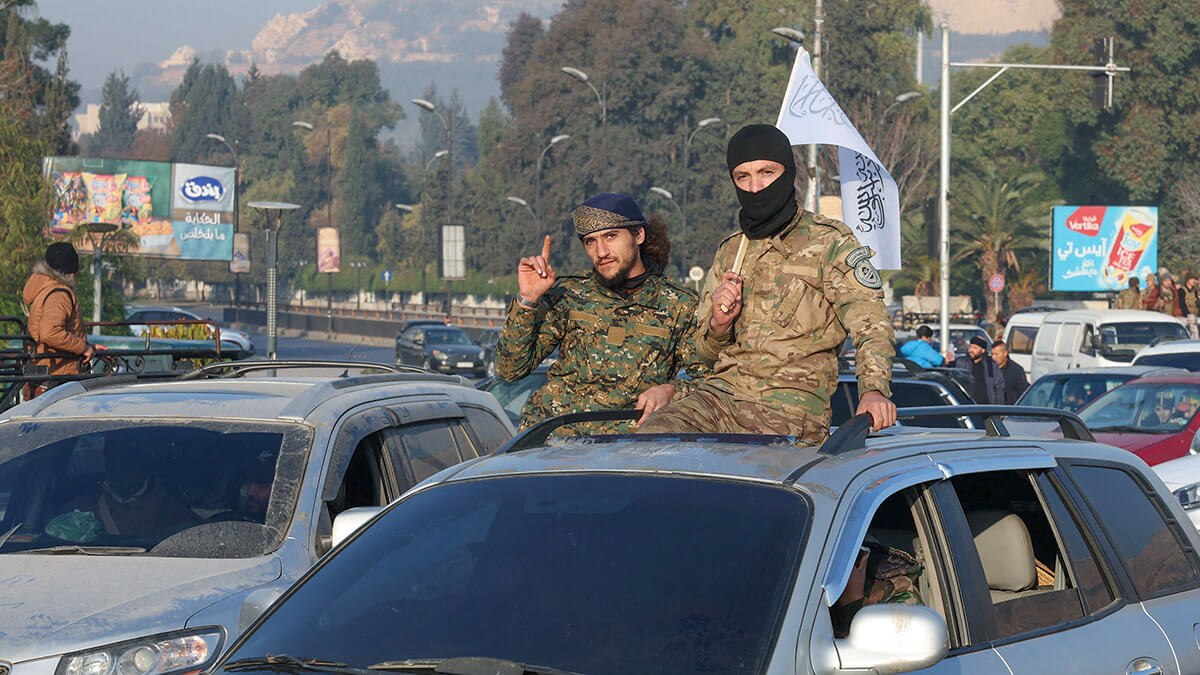
Two years later, in 2017, Al-Jolani announced the dissolution of the Al-Nusra Front, creating in its place the HTS, a group that managed to take control of Idlib province, where it has acted as the ruling entity over the years.
Human rights groups have denounced torture and abuses against political dissidents in the region. In this regard, according to Al-Jolani during his recent interview with CNN, these incidents ‘were not carried out under his orders and instructions’, adding that HTS had already held those involved to account.
On 27 November, taking advantage of the weakness of the Syrian regime's allies, notably Hezbollah and the Islamic Republic of Iran, HTS launched an offensive that a few days later culminated in the fall of the Al-Assad regime, completely changing the course of the country.
History on video.#Hama topples its #Assad statue, bringing an end to decades of brutal rule & turning past the 1982 massacre of 10,000s of civilians in the city.
— Charles Lister (@Charles_Lister) December 5, 2024
One contact there: “We’re breathing the sweet air of freedom. It’s like paradise.” pic.twitter.com/M0XbMy8WPg
Post-Assad Syria
After more than a decade of civil war, a new and uncertain scenario is opening up in Syria. The shadow of extremism looms over the country, with many warning that the nation could follow in the footsteps of Afghanistan after the withdrawal of US troops, giving way to a state governed by sharia (Islamic law).
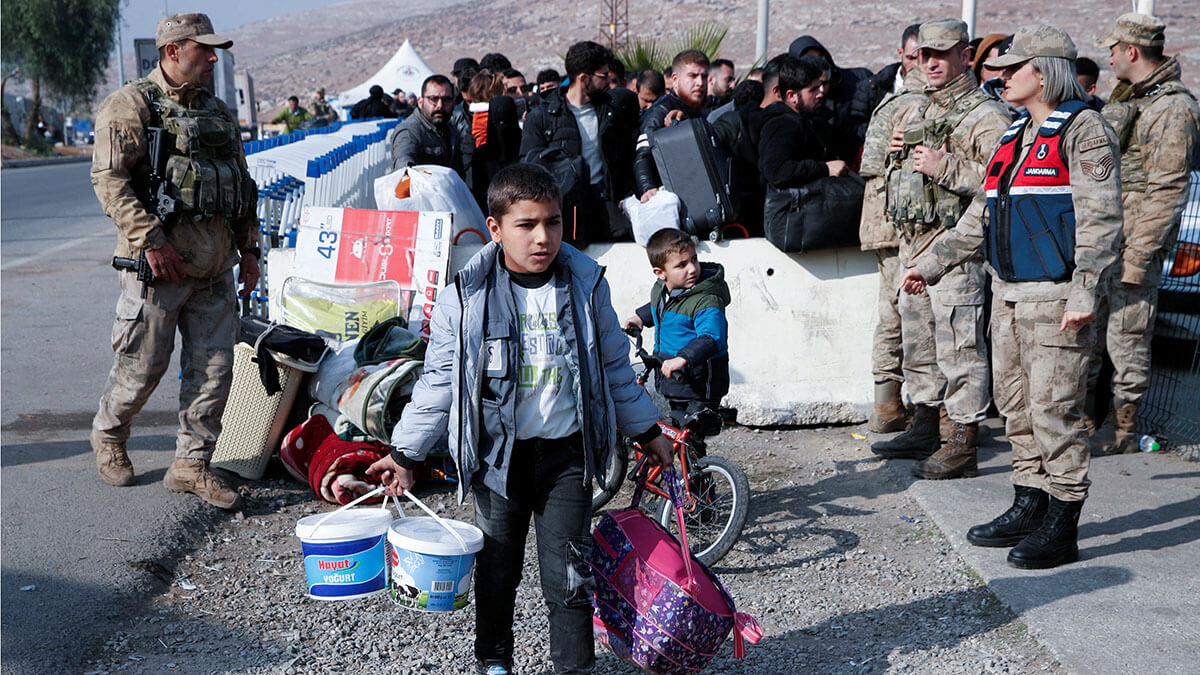
There are also fears of a new civil war between rebel factions and power struggles, which could place Syria in a similar scenario to that of Libya.
For the time being, the rebels have appointed Mohamed al-Bashir to form a transitional government in Syria. Al-Bashir, a member of HTS and close to al-Jolani, will lead the transition after the fall of the former regime.
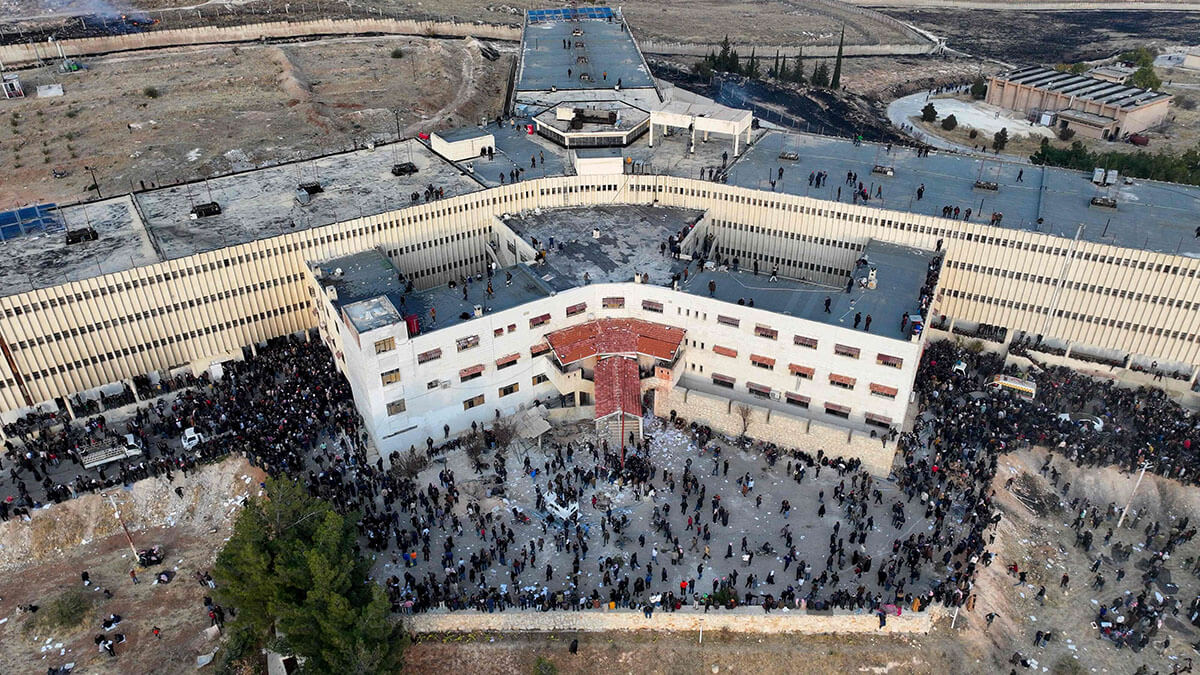
On the other hand, and after the initial celebrations, some of the Syrians who did not leave the country are trying to find their loved ones in the dark and deep cells of the regime's prisons.
In Sednaya prison, a symbol of al-Assad's brutality, the lifeless bodies of numerous political prisoners and activists have been found, such as Mazen Al-Hamada, who disappeared in 2020 after returning to the country from Germany.
Mazen al-Hamada, uno de los activistas sirios más conocidos.
— Principia Marsupia (@pmarsupia) December 9, 2024
Fue torturado durante año y medio. Se refugió en Alemania. En 2020, desesperado xq sus testimonios no servía de nada, volvió a Siria. No se supo nada más de él.
Su cadáver ha aparecido hoy en la prisión de Sednaya. pic.twitter.com/YAEv0nIPGZ
Human rights organisations and survivors have described the prison as a ‘death camp’ where between 5,000 and 13,000 people were executed between 2011 and 2015.
It's as we all feared. They just discovered a massive pile of bodies in the dungeons of #Sednaya.
— Thomas van Linge (@ThomasVLinge) December 9, 2024
Former regime troops seems to have started executing detainees in large numbers as rebels were closing in on #Damascus.#Syria. pic.twitter.com/kjSD8b5MkV
Israel destroys military installations in Syria
Shortly after the fall of al-Assad, Israel has taken steps to destroy military installations with the aim of preventing the regime's weapons from falling into the hands of Islamist rebels.
To this end, the Israeli air force has carried out more than 300 strikes across the country, including in Damascus, where a defence ministry research centre was completely destroyed, AFP reports. Israel has also attacked Syrian naval vessels in the coastal city of Latakia and chemical weapons factories in other parts of the country.
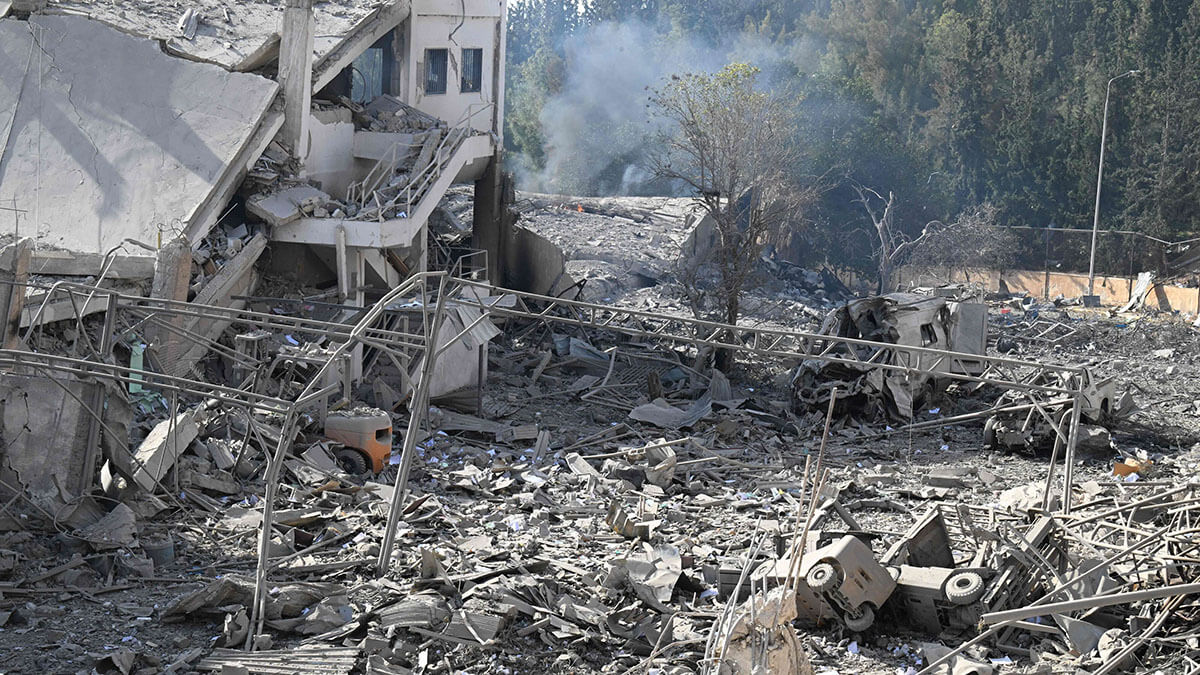
Meanwhile, Israeli military officials have denied that troops have moved beyond the buffer zone on the Golan Heights, denying media reports that Israeli forces were 10 kilometres inside Syrian territory.
The leftovers of the Syrian air force pic.twitter.com/J7l8PnpMrw
— Amichai Stein (@AmichaiStein1) December 10, 2024
‘Reports circulating in some media outlets claiming that IDF troops are advancing or approaching Damascus are completely incorrect,’ Colonel Avichay Adraee, the army's Arabic-language spokesman, wrote on his social media. ‘IDF troops are present inside the buffer zone and in defensive positions near the border to protect the Israeli border,’ he added.
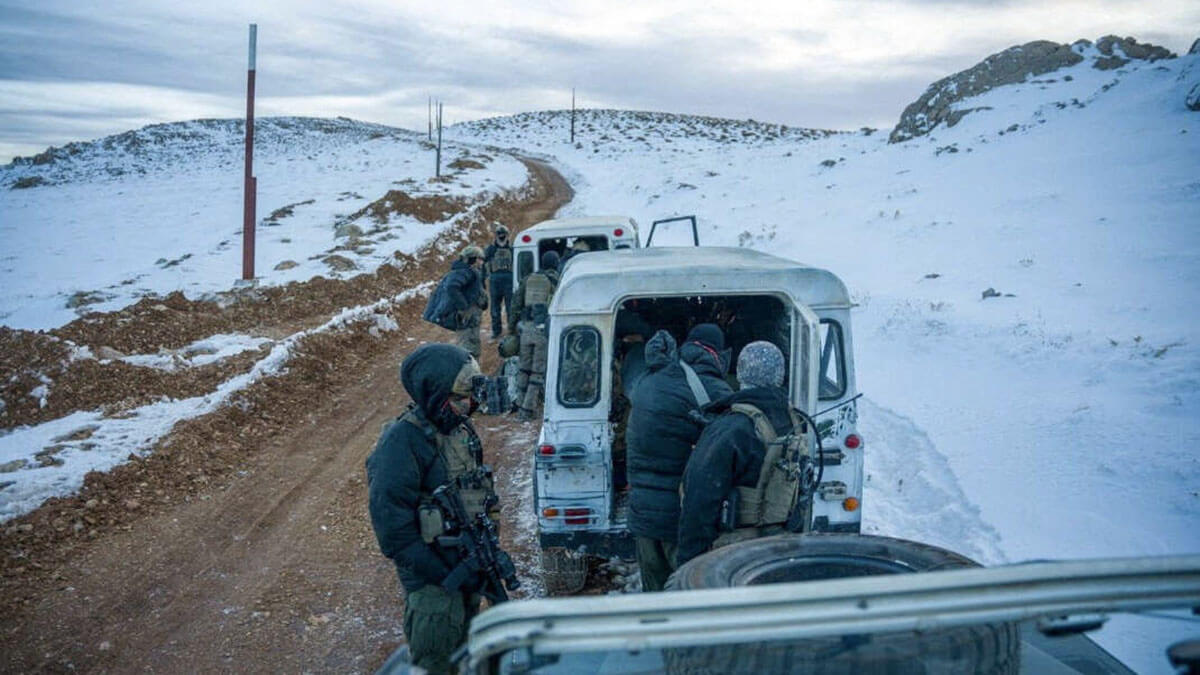
In addition to Israel, other countries have taken military action in Syria in the wake of the regime's fall. The US, for example, has attacked Daesh targets in central Syria, while Turkey has launched an offensive against Washington-backed Kurdish forces.

